Do you know you can view your website’s current resource usage? Yes, that’s possible. How?
The Resource Usage is the answer. It is a resource monitoring tool that allows you to see the detailed information about the problematic processes that run on your account. This information further helps you to find the reason behind getting the trigger for resource limit.
Based on the resource usage of your account, you might see the below summary displays on the Overview page of the Resource Usage:
- When your site has been limited within the past 24 hours a message will get displayed
This message indicates that your account triggered at least one resource limit within the past 24 hours. Additional information about which resource(s) triggered the limit gets displayed in cPanel.
- When your site might hit resource limits soon the below message will get displayed:
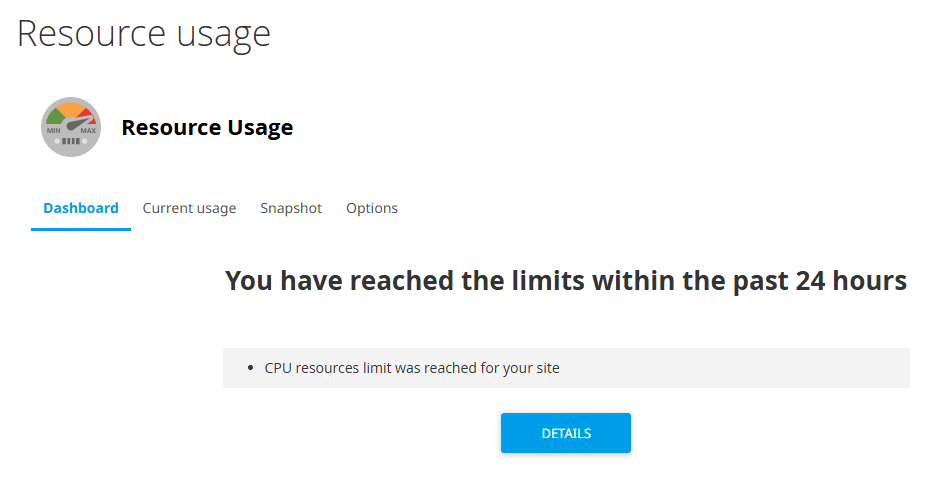
This message gives you a warning that your account may exceed resource limit soon. You will get the additional information about which resource is at risk of exceeding a limit in the cPanel.
To check the details of resource usage information, follow the below steps.
- Log in to your cPanel account
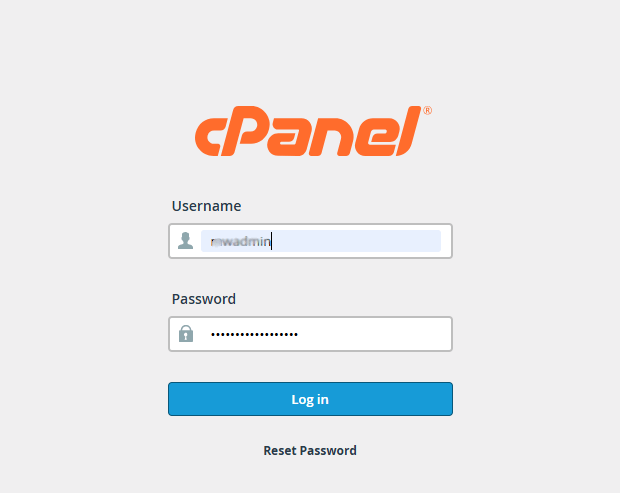
- Now go to the Metrics section and click on Resource Usage.
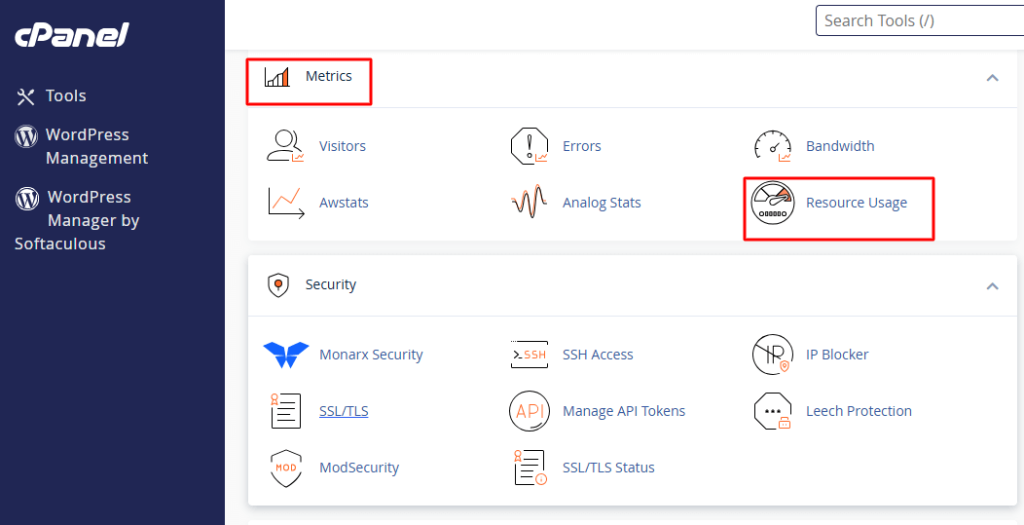
• You will find your account’s status displayed on the Resources Usage Overview page. Click on Details for more information.
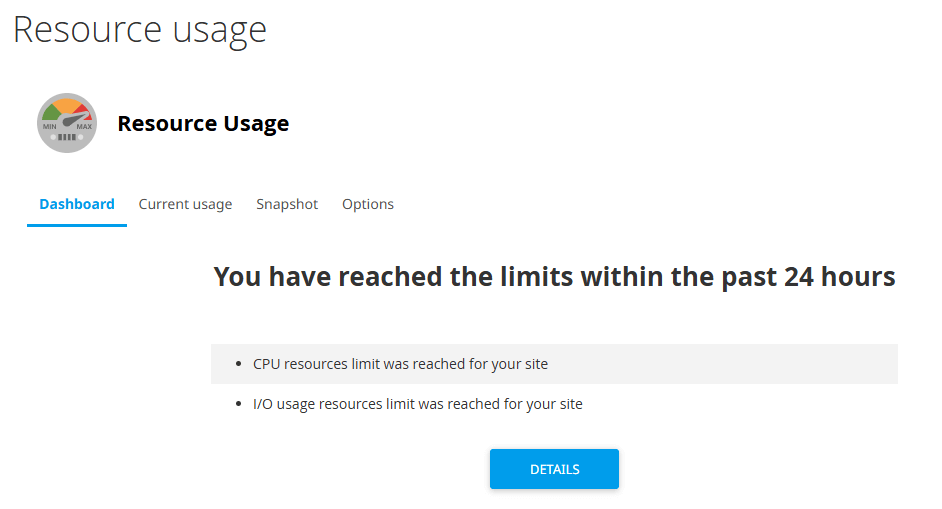
• The resource utilization will be displayed in the form of graphs and tabular data.
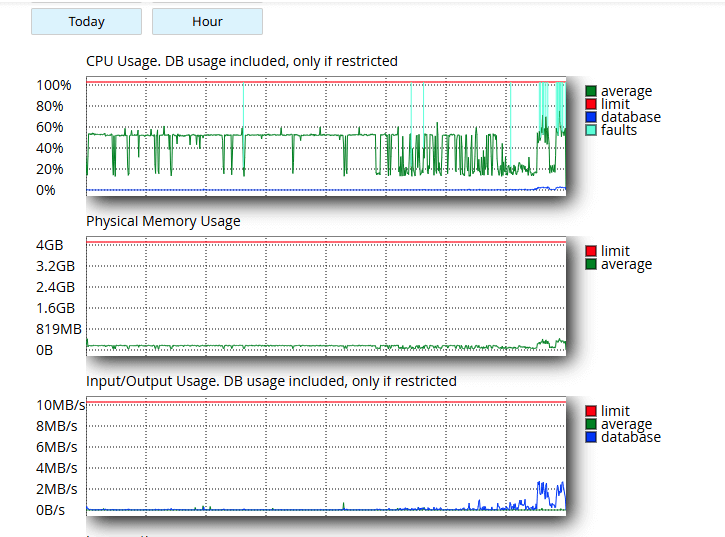
Understanding the Terms in Current Usage Stats
CPU Usage
CPU usage represents the amount of CPU resources your account is using currently from the allocated resources. If you see CPU usage as 100%, it means that your account is using all the allocated CPU resources. If there are any new processes to be started, those will be queued until the current processes get completed. This can lead your website to slow down severely and even time out.
inodes Usage
inodes usage represent the number of files and folders you have on your account. It is a record in the disk table of your account where each record comprises of the information about a file or a folder (such as its size, owner, etc., except file name and data content). The more the number of files/folders your account has, the more inodes you use; and the more inodes you use, the more system resources your account consumes. If your account reaches the maximum number of inodes, you might experience problems such as uploading files, receiving emails, backing up your website properly, and getting errors when you access your website.
Tip to reduce the number of inodes your account uses
The number of equals the total number of files and folders on your web hosting account. In order to reduce your inode usage, you will have to use the less number of files and folders on your account. This is easy to do just by removing files and folders that you don’t require.
I/O Usage (input/output)
The I/O usage represents the amount of I/O (or disk activity) your account is using. In simple terms, it is the speed of data transfer between the RAM and hard disk. Each time you use the server disk drive (for either reading or writing to the server), you will consume I/O. Websites that run a large number of media or that has many database records will have a higher I/O usage. In case, your account is on the verge of exceeding your I/O limit, you won’t see errors on your website. Instead, your website simply freezes while waiting for the data to transfer from the hard disk to the RAM.
IOPS
IOPS is the abbreviated form for “Input/Output Operations Per Second”. It represents the limit on the total number of read/write operations per second. When it reaches the limit, the read/write operations stop until current second expires.
Entry Processes
It represents the number of PHP, CGI, etc. scripts you run at a once. Note that this number doesn’t matches to the number of visitors you can have on your website at a single time. Generally, an “Entry Process” takes only a second to complete. For example, if you are running WordPress (which is written in PHP) on your website, every time a visitor visits your homepage, the server will process the page request – that is one process. As soon as your homepage gets loaded in their browser, it is no longer considered as a process, until the visitor takes some action or else if you want to generate another process, take the action to open another page on your website. However, if you notice that the number of Entry Processes is high but you have a low traffic website, it could mean something is wrong with your PHP scripts. An outdated WordPress item, such as a plugin or even a theme can also be the cause of an entry process.
Number of processes
It represents the number of active processes your account can process at the same time. This number comprises of all processes generated by your account.
Physical Memory Usage
The physical memory usage or RAM represents the actual memory allocated for your account.
Taking a look at the resource usage snapshots
With the snapshots you get to find the reason for your account hitting its limits.
- Go to the Resource Usage Overview page and click on Snapshots.
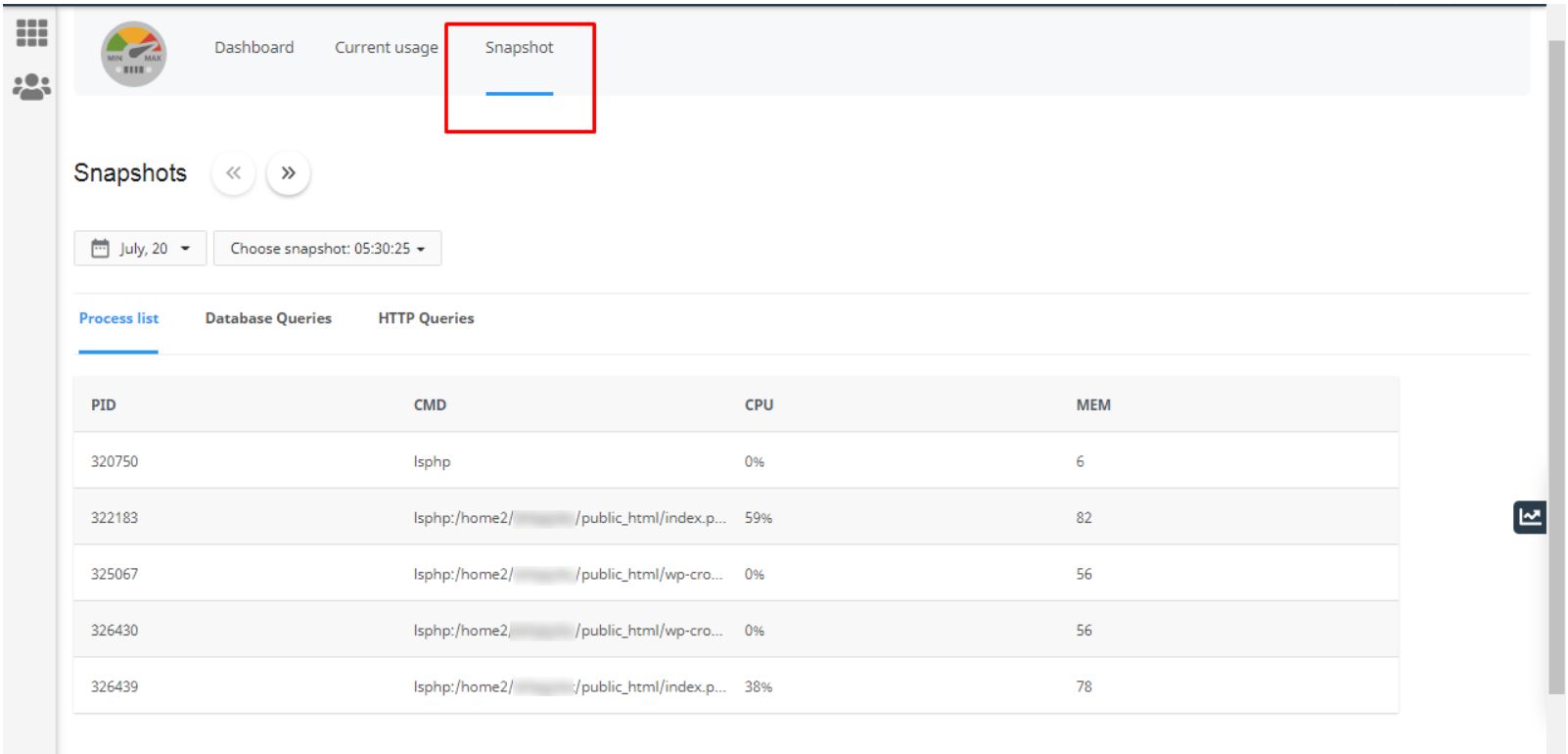
- Select the date for which you want to view the snapshots from the calendar.
- Go to the Choose snapshot drop-down menu, select the snapshot for the specific time you want to view.
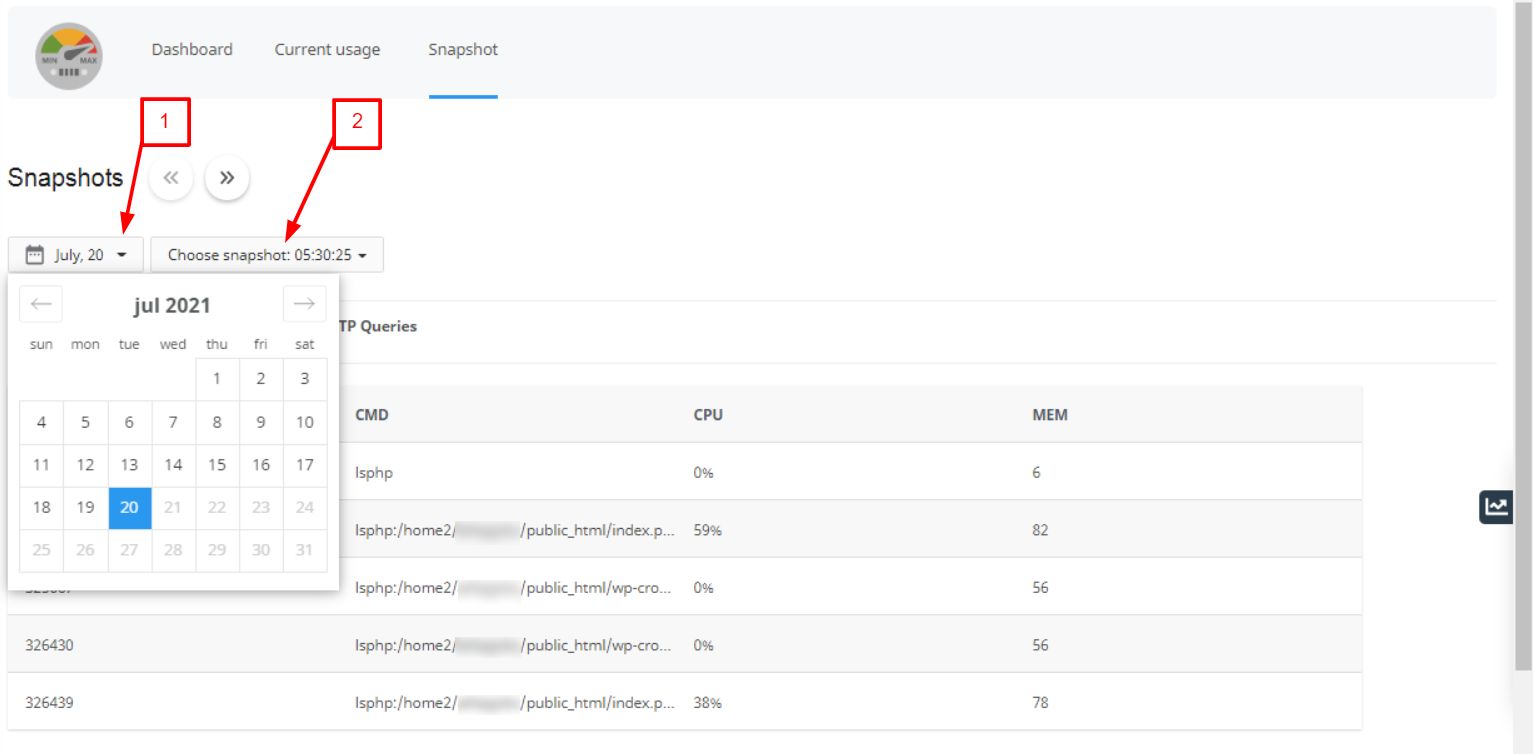
- In order to view the previous and next snapshot, you can use the Previous snapshot and Next snapshot link.
This way you can check your resource usage on your server.








